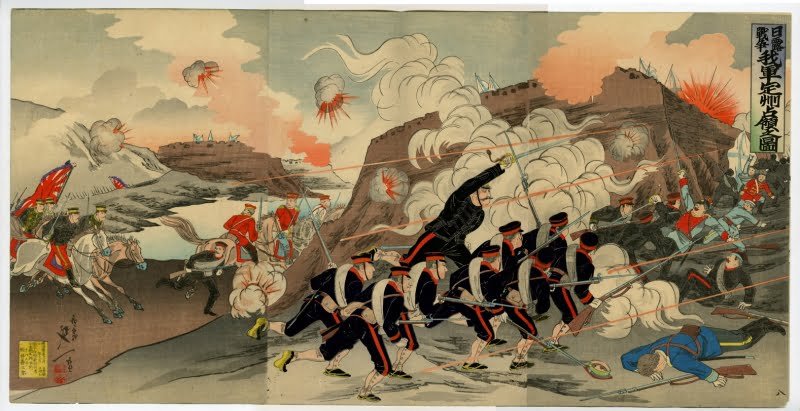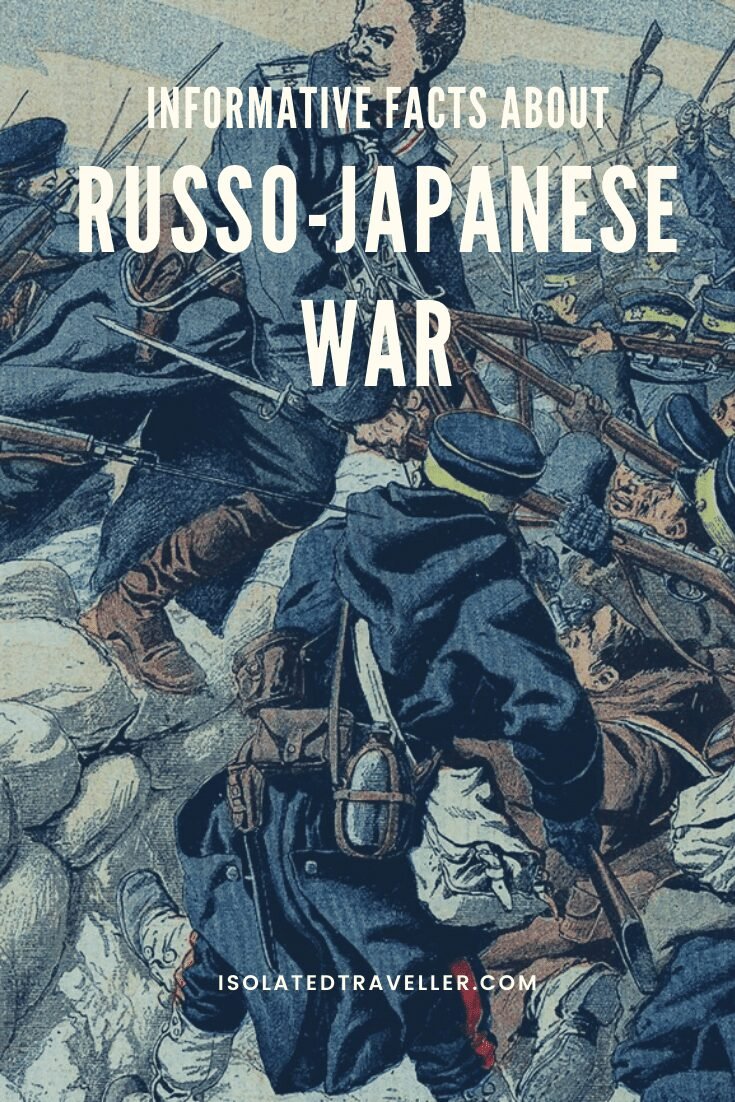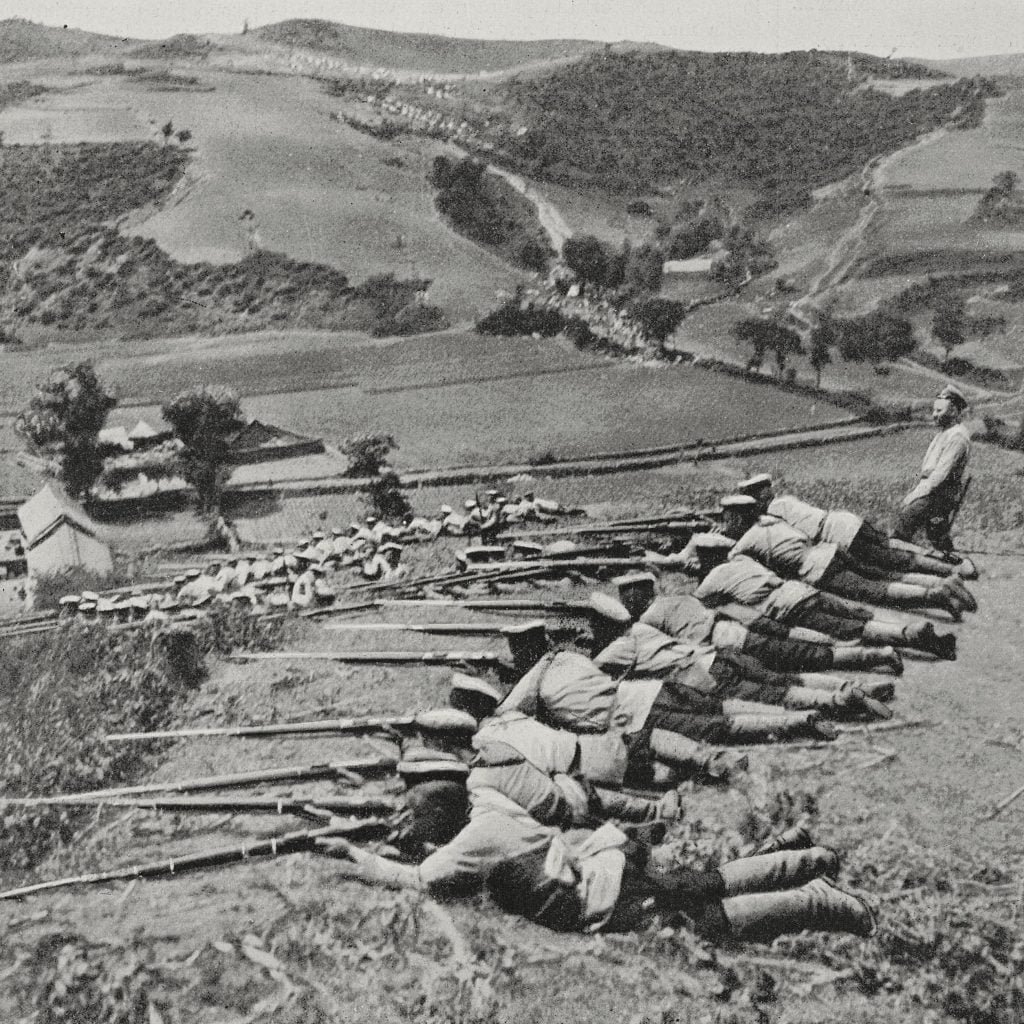The Russo-Japanese War was a military conflict fought between the Russian Empire and the Empire of Japan from 1904 to 1905. Much of the fighting took place in what is now northeastern China.
- The Russo-Japanese War began on February 8, 1904, when japan staged a surprise attack on the Russian navy at Port Arthur in China.
- Much of the fighting took place in what is now northeastern China. The Russo-Japanese War was also a naval conflict, with ships exchanging fire in the waters surrounding the Korean peninsula.
- The Russo-Japanese War was the result of an attempt by Russia to obtain two Asian ports for use in Pacific trade and of Japan’s opposition to greater Russian control in the area.
- In 1904, when the Russo-Japanese War began, Russia was one of the largest territorial powers in the world.
- Scholars have suggested that the Russo-Japanese War set the stage for World War I and, ultimately, World War II, as some of the central issues in the first conflict were at the core of the fighting during the latter two.
- The last major battle at Tsushima destroyed the Russian navy.
- During the war, Russia attempted to dissuade the Japanese from approaching their forces by the Yalu River by spreading the false rumour that they had the technology to set the river entirely on fire.
- Russo-Japanese War is also known as the World War Zero.
- It is estimated that 20,000 Chinese civilians were killed during the course of the war, largely at the hands of Russian troops, who looted several villages as they passed through Manchuria.
- The Russo-Japanese War was rare in that the Russians admitted defeat, yet on the day the Tsar’s ministers asked for peace, they still fielded an army in Manchuria three times the size of the entire Japanese military.
- Treaty of Portsmouth, September 5, 1905, formally ended the Russo-Japanese. Signed at Portsmouth, Maine, USA. Theodore Roosevelt earned the Nobel Peace Prize for negotiating the treaty.
- Russia’s sole form of ground transportation for men and material to move from the West to the Pacific Ocean was the single-track Trans-Siberian Railway.
- The Russo-Japanese War was fought under Tzar Nichols II, the last tzar ever to rule Russia.
- The Russian defeat was one of the reasons for the Russian army’s great improvement after 1904 and this improvement helped start the European arms-race that was a cause of World War I. The war also contributed to the Russian Revolution and Civil War in 1917. Facts About the Russian Civil War.
russian riflemen – Russo-Japanese War Facts
- The Russo-Japanese War held great international significance, as it was the first all-out war of the modern era in which a non-European power defeated one of Europe’s great powers.
- It’s believed that both sides sustained casualties amounting to more than 150,000 combined, and that some 20,000 Chinese civilians were killed as well.
- Despite its gold reserves of 106.3 million pounds, Russia’s pre-war financial situation was not enviable. The country had large budget deficits year after year, and was largely dependent on borrowed money.
- Russia’s war effort was funded primarily by France, in a series of loans totalling 800 million francs.
- Japan’s total war expenditure was 2,150 million yen, of which 38%, or 820 million yen, was raised overseas.

- Russia had lost two of its three fleets. Only its Black Sea Fleet remained, and this was the result of an earlier treaty that had prevented the fleet from leaving the Black Sea. Japan became the sixth-most powerful naval force by combined tonnage, while the Russian Navy declined to one barely stronger than that of Austria–Hungary.
- To the Western powers, Japan’s victory demonstrated the emergence of a new Asian regional power. With the Russian defeat, some scholars have argued that the war had set in motion a change in the global world order with the emergence of Japan as not only a regional power, but rather, the main Asian power.
- The advanced weaponry led to massive casualty counts. Neither Japan nor Russia had prepared for the number of deaths that would occur in this new kind of warfare, or had the resources to compensate for these losses. This also left its impression on society at large, with the emergence of transnational and non-governmental organizations, like the Red Cross, becoming prominent after the war.
- Russia wanted a warm-water Pacific Ocean port for trade and her navy.
- Japan wanted to expand its empire into Korea and China.
- Though there had been popular support for the war among the Russian public following the Japanese attack at Port Arthur in 1904, that popular support soon turned to discontent after suffering multiple defeats at the hands of the Japanese forces.
- The number of Japanese Army dead in combat or died of wounds is put at around 59,000 with around 27,000 additional casualties from disease, and between 6,000 and 12,000 wounded.
- During the war, Russia laid a total of 4,275 naval mines. Russia’s mines sank more Japanese warships than any other weapon used by the Russian navy.
- Estimates of Russian Army dead range from around 34,000 to around 53,000 men with a further 9,000–19,000 dying of disease and around 75,000 captured. The total number of dead for both sides is generally stated as around 130,000 to 170,000.
- Russia also signed over its 25-year leasehold rights to Port Arthur, including the naval base and the peninsula around it, and ceded the southern half of Sakhalin Island to Japan. Sakhalin would be taken back by the Soviet Union following the defeat of the Japanese in World War II.
- Japan would take over Korea five years later in 1910. The Japanese got Port Arthur and the Russian railway in China. Japan would continue to grow its empire in Asia until World War II.
- mediator Teddy Roosevelt sided with Russia in a refusal to pay any reparations to Japan, resulting in several days of anti-American rioting in Tokyo.
- The victory of Japan over Russia in the Russo-Japanese War resulted in a birth of nationalistic feeling among nations like India, who were subject to other European imperialist powers.
- Due to their dismal performance in gaining military intelligence during the War, the Russian government entirely reorganized their intelligence-gathering branch immediately after the war.



